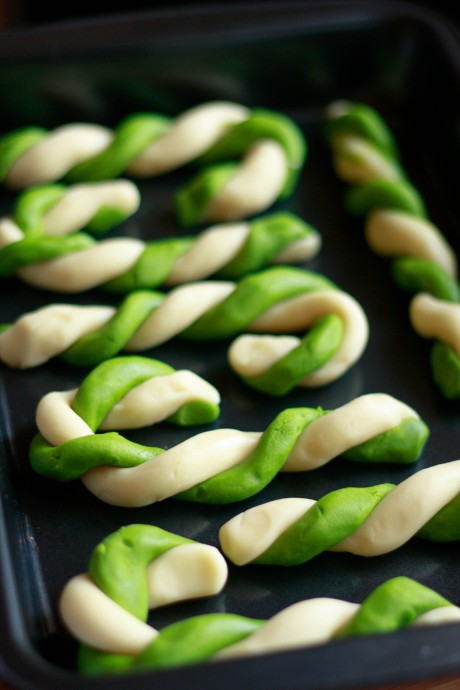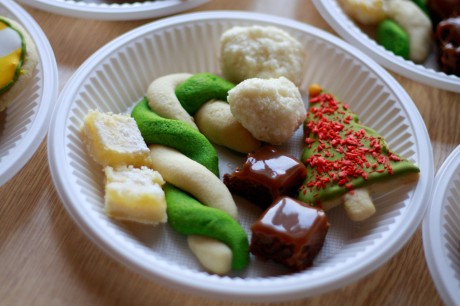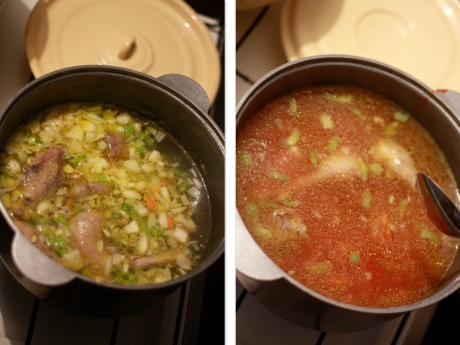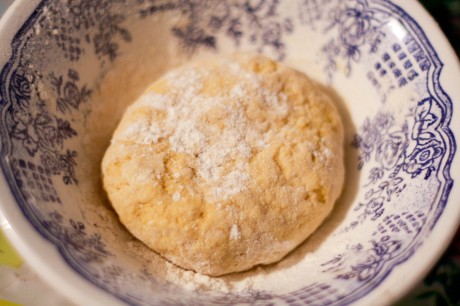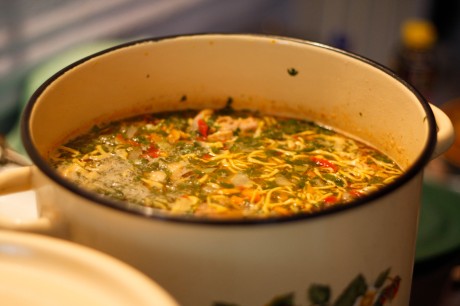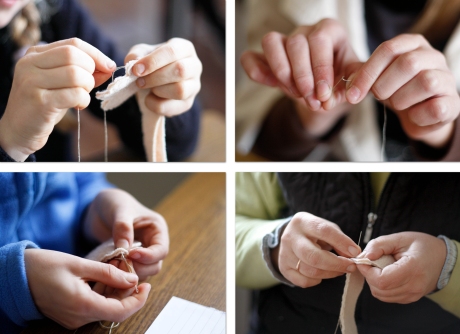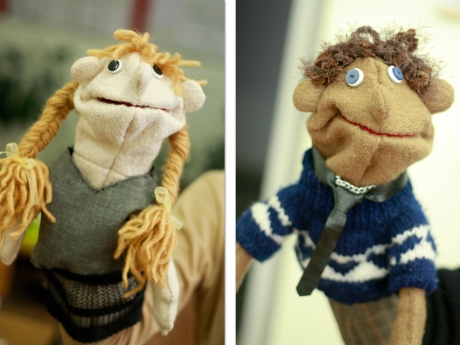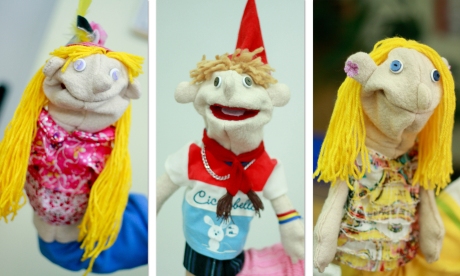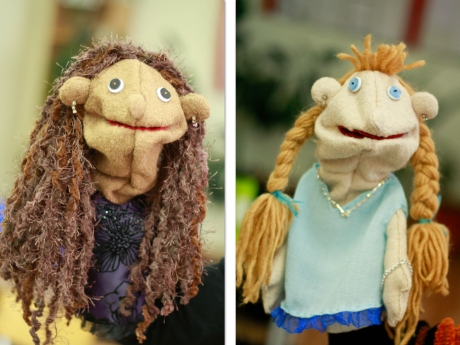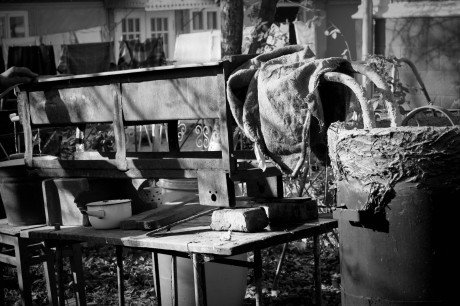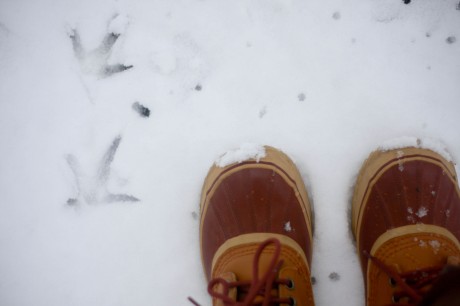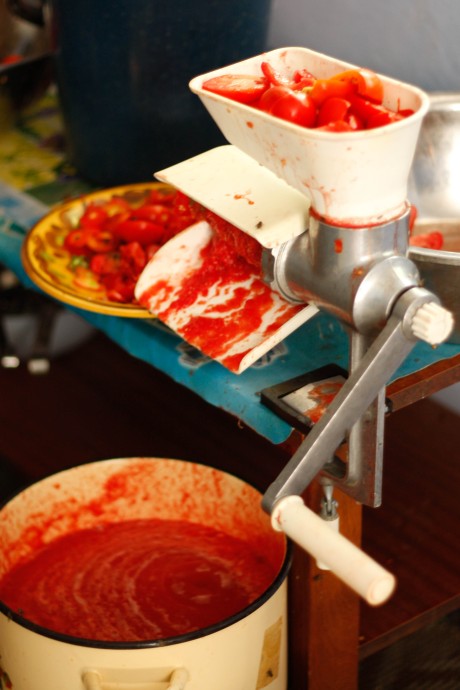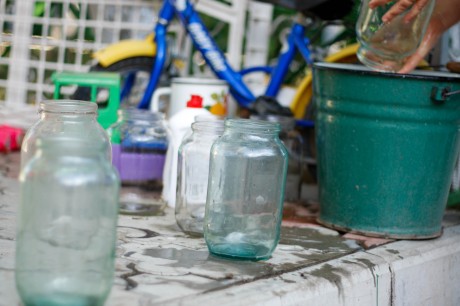This last Saturday Susan spent all day baking. (When I say all day, I mean from 8 am to 8pm – a lot of baking.) When the day was over she had made candy cane sugar cookies (couldn’t find red food coloring so green had to suffice), decorated sugar cookies, lemon bars, caramel brownies, and macaroons. Her creations were destined for neighbors, friends and our work partners in order to share a bit of American Christmas tradition, and good old-fashioned holiday cheer. The thoughtfulness and effort Susan puts into things such as this, are two small reasons why she is an excellent volunteer.
Her efforts were a raging success as we walked around the village on Sunday delivering the treats. Those that tried the treats seemed to enjoy them. I sampled them all and can attest to the fact that they were delicious. As we delivered the treats, our average delivery time per house was well over an hour. We should have expected as much, due to the generosity of those in the village. Furthermore, I am certain we ended up eating more at each house than we actually left on the plate of sweets. Despite considerable effort, we just couldn’t refuse the invitations into the homes. I will role play a little example of our efforts for you all…
Susan/Curt: Hi. We just wanted to stop by, say Merry Christmas and leave some treats for you.
Friend or Neighbor: [Gives an inquisitive look…]
Susan/Curt: In America we celebrate on December 25th, and one tradition, of many families, to give homemade treats to friends and neighbors. So here you are. Have a good day.
Friend/Neighbor: Oh thank you. Please come in and stay for a while.
Susan/Curt: That’s very nice, but no thank you.
Friend/Neighbor: No really. Come in.
Susan/Curt: No thanks. We have others that we need to deliver as well.
Friend/Neighbor: Oh come on. Just for a minute.
Susan/Curt: [starting to back away toward the gate] You are very gracious, but we don’t want to interrupt your time on a Sunday.
Friend/Neighbor: Don’t be ridiculous. Get in here.
At this point we either couldn’t refuse any longer, for fear of being rude, or in one case, were physically pushed into the house. Once inside, we knew we were in for lots of food and conversation. Moldovans are incredibly hospitable and generous. In almost every house were served just as much or more than we were attempting to give. In all we were offered more food and drink than we could have consumed during the day.
I have included some photos below.
Leon, from our host family, claimed that these were cookies made for his political party – represented by the color green. Really there just wasn’t any red food coloring available in the village.
These are a couple of the neighbors enjoying the treats.

And this is the bottle of some beverage that they broke out to say thanks to Susie.
